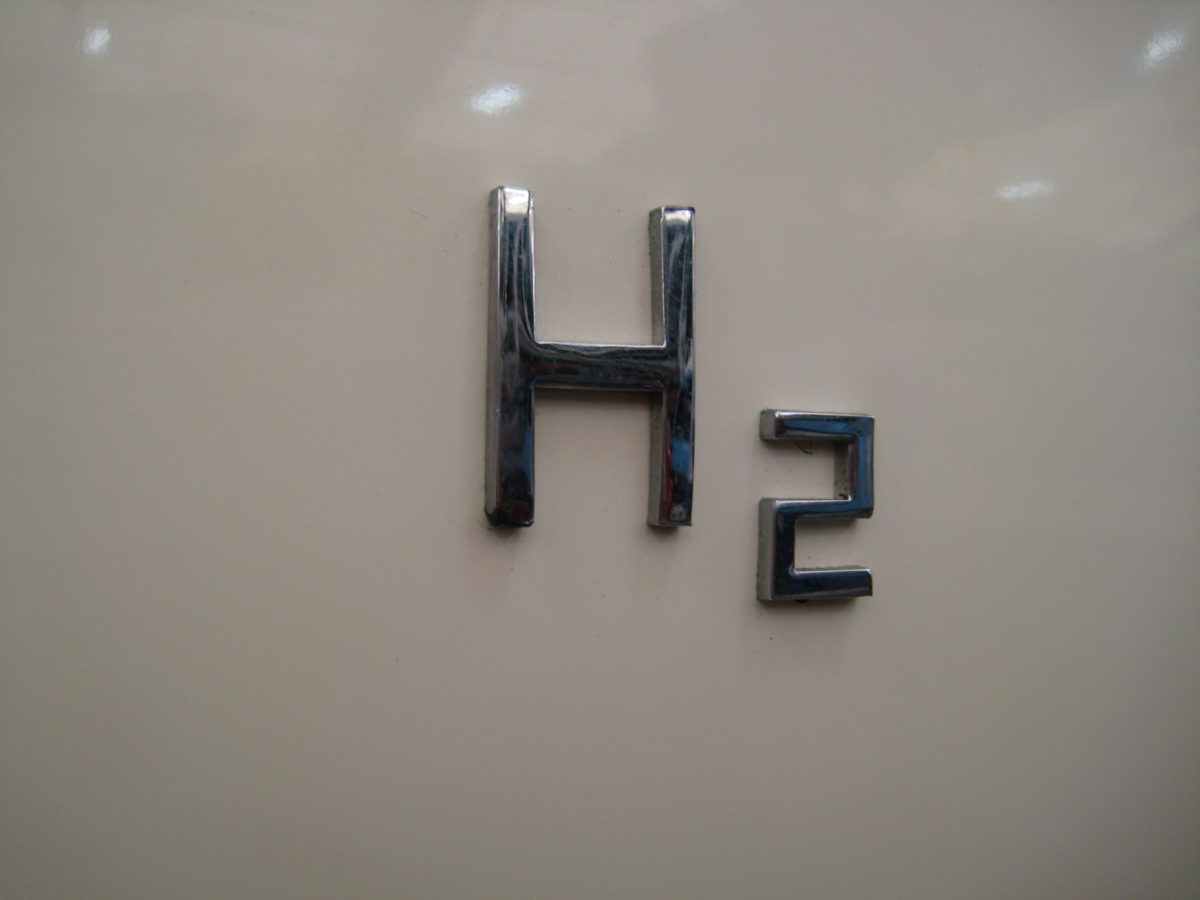As it seeks to enhance its energy security and build an export industry valued in billions, Australia has adopted eight international standards to shape its hydrogen future. The new standards have the potential to not only support the safety of users with guidance on the storage, transport, and refueling but also facilitate international trade as the country aims to assume a major role in the global hydrogen economy.
The Australia Institute (TAI) has indicated that anticipated demand for hydrogen in overseas markets had been grossly overstated, by a factor of about 11 in the case of Japan, and similarly for Korea when compared with that country’s government plans. BloombergNEF also recently published a report which emphasized the poor economic case for exporting hydrogen.
Regardless of the size of Australia’s prospective hydrogen export market, the adoption of international standards will enable the country to participate in the global hydrogen economy and have a voice when working with international organizations and committees on laying foundations for a global hydrogen economy.
The eight standards adopted apply to mobility, storage, production and use, and include the following:
- AS 16110.1:2020, Hydrogen generators using fuel processing technologies, Part 1: Safety (ISO 16110-1:2007, MOD) – aims to cover significant hazards, hazardous situations and events relevant to hydrogen generators when they are used as intended.
- AS ISO 16110.2:2020, Hydrogen generators using fuel processing technologies, Part 2: Test methods for performance – describes how to measure and document the performance of stationary hydrogen generators for residential, commercial and industrial applications.
- AS ISO 14687:2020, Hydrogen fuel quality – Product specification – specifies the minimum quality characteristics of hydrogen fuel for utilisation in vehicular and stationary applications.
- AS 22734:2020, Hydrogen generators using water electrolysis – Industrial, commercial, and residential applications (ISO 22734:2019, MOD) – defines the construction, safety and performance requirements of packaged or factory matched hydrogen gas generation appliances, using electrochemical reactions to electrolyser water to produce hydrogen and oxygen gas. The standard is applicable for both Alkaline and Proton Exchange Membrane (PEM) electrolyser stacks and packages
- SA TS 19883:2020, Safety of pressure swing adsorption systems for hydrogen separation and purification (ISO/TS 19883:2017, MOD) – defines safety measures and applicable design features for the design, commissioning and operation of pressure swing adsorption systems for hydrogen separation and purification.
- AS ISO 16111:2020, Transportable gas storage devices – Hydrogen absorbed in reversible metal hydride – defines the requirements for material, design, construction and testing of metal hydride transportable hydrogen gas storage systems. Excludes use as an on-board fuel storage solution for hydrogen-fuelled vehicles.
- AS ISO 19881:2020, Gaseous hydrogen – Land vehicle fuel containers – specifies the requirements for material, design, manufacture and testing of serially produced, refillable, permanently attached containers intended for the storage of fuel cell grade compressed hydrogen gas for land vehicle operation.
- AS 19880.3:2020, Gaseous hydrogen – Fuelling stations, Part 3: Valves (ISO 19880-3:2018, MOD) – specifies the requirements and test methods for the safe performance of high pressure gas valves used in hydrogen refuelling stations up to H70 designation.
The publication of the hydrogen standards was welcomed by Australia’s Chief Scientist Dr Alan Finkel, saying that “effective standards are central to the goal of developing a safe and globally competitive Australian hydrogen industry.” Previously, Finkel drove the development of both Australia’s National Hydrogen Strategy and the Morrison Government’s Technology Roadmap that are emission neutral ventures, with both hydrogen produced using renewable energy and the one via fossil fuels with carbon capture and storage (CCS) in the game.
This content is protected by copyright and may not be reused. If you want to cooperate with us and would like to reuse some of our content, please contact: editors@pv-magazine.com.









1 comment
By submitting this form you agree to pv magazine using your data for the purposes of publishing your comment.
Your personal data will only be disclosed or otherwise transmitted to third parties for the purposes of spam filtering or if this is necessary for technical maintenance of the website. Any other transfer to third parties will not take place unless this is justified on the basis of applicable data protection regulations or if pv magazine is legally obliged to do so.
You may revoke this consent at any time with effect for the future, in which case your personal data will be deleted immediately. Otherwise, your data will be deleted if pv magazine has processed your request or the purpose of data storage is fulfilled.
Further information on data privacy can be found in our Data Protection Policy.